High blood sugar, also known as hyperglycemia, is mostly linked to diabetes and prediabetes (where your blood sugar is high, but not high enough to be labeled as diabetes) and when left untreated serious health complications can arise. Managing your blood sugar is vital for your overall well-being and Eat This, Not That! Health spoke with Sean Marchese, MS, RN, a registered nurse at The Mesothelioma Center with a background in oncology clinical trials and over 15 years of direct patient care experience who shares what to know about blood sugar and five ways to naturally maintain it.
What to Know About Blood Sugar
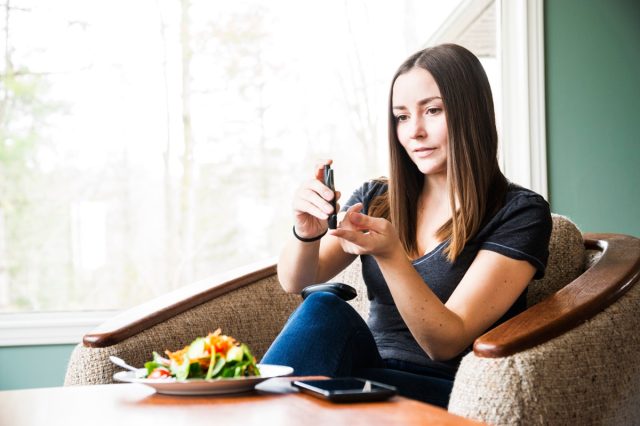
Marchese says, "Blood sugar, or blood glucose, measures the glucose level in your bloodstream. It helps identify if your body is using glucose appropriately for energy. If blood sugar is too low, you may need to increase glucose sources in your diet, or there could be a reason your body requires more energy. If blood sugar is too high, you may need to reduce sugar sources in your diet, or there could be an issue, such as insulin resistance, preventing your body from using glucose for energy."
The Dangers of Not Treating High Blood Sugar

Marchese tells us, "High blood sugar levels can damage sensitive tissues, including blood vessels and nerve cells. Maintaining a healthy blood sugar can prevent complications including cardiovascular disease, kidney damage, vision loss, neuropathy, and issues in the teeth, gums, bones, joints and feet. If blood glucose becomes exceptionally high, your body can enter a state of diabetic ketoacidosis, breaking down fat for energy and releasing a toxic byproduct called ketones. Ketones that accumulate in the blood can lead to diabetic coma and death."
How to Check Your Blood Sugar
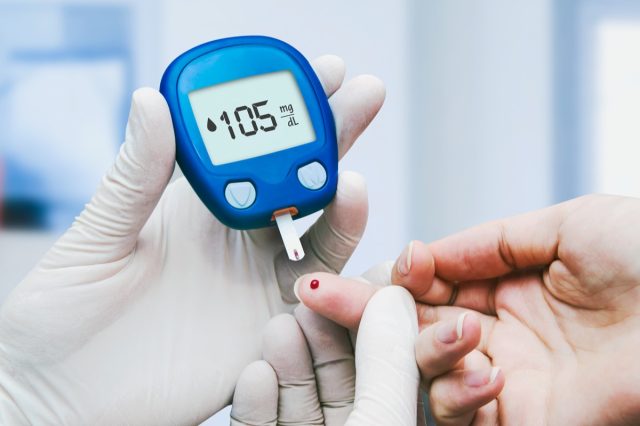
Marchese explains, " The two primary tests for blood sugar are fasting and non-fasting levels. Fasting levels are taken after not eating for at least 8 hours and should be less than 100 mg/dL. Within 2 hours after eating, blood sugar levels should be less than 140 mg/dL. A random blood sugar check shouldn't be higher than 200 mg/dL. Before eating, blood sugar tends to fluctuate between 60 to 90 mg/dL. Blood sugar levels below 60 can be dangerous and lead to dizziness or loss of consciousness."
Exercise Regularly

According to Marchese, "Because your body uses glucose for energy, regular exercise is one of the best ways to maintain healthy blood sugar. Activities such as walking, weightlifting, biking or swimming use blood sugar to create the energy needed for muscle contractions. This activity makes your body more sensitive to insulin and has the added benefit of helping control weight, which can similarly keep blood sugar stable."
Increase Fiber Intake
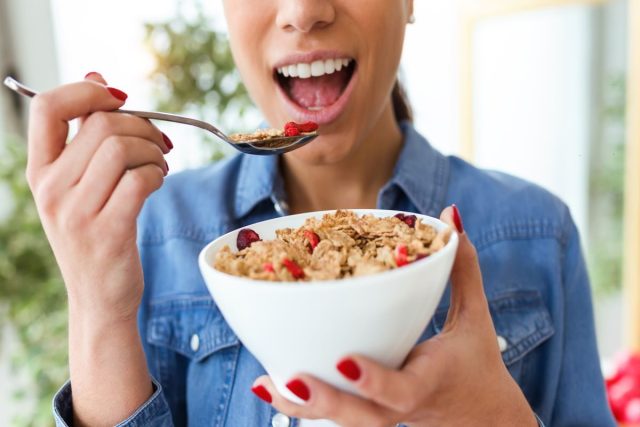
Marchese shares, "Fiber slows the rate of sugar absorption and carbohydrate digestion. This reduces the risk of a sharp rise in blood sugar after eating. A gradual increase in blood sugar allows your body more time to respond to insulin. Notably, only the soluble form of fiber has positive effects on blood sugar management. You can increase your soluble fiber intake and improve blood sugar management by eating more fruits, vegetables, legumes and whole grains. The daily fiber recommendation is about 14 grams per 1,000 calories."
Eat Smaller Portions
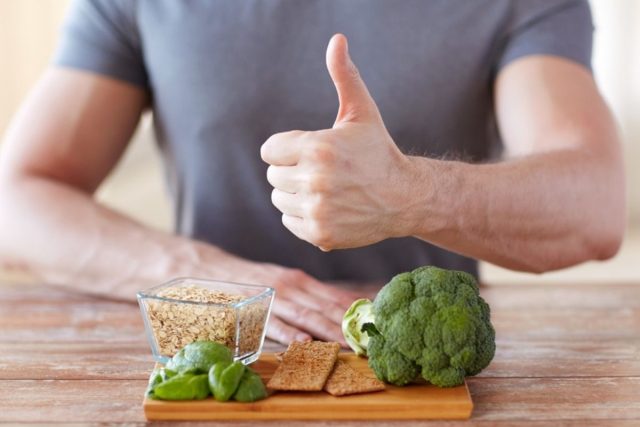
"A large meal tends to cause sudden spikes in blood sugar," says Marchese. "It can also make it more difficult for your body to return to fasting blood sugar levels after meals. Smaller portions also promote a healthy weight and reduce the risk of type 2 diabetes. You can ensure you eat less per meal by measuring or weighing ingredients as you cook at home, using smaller plates and eating more slowly. Try supplementing healthy snacks between meals if you get hungry and avoid restaurants with large serving sizes (or save some for dinner at home the next day)."
Reduce Carbs
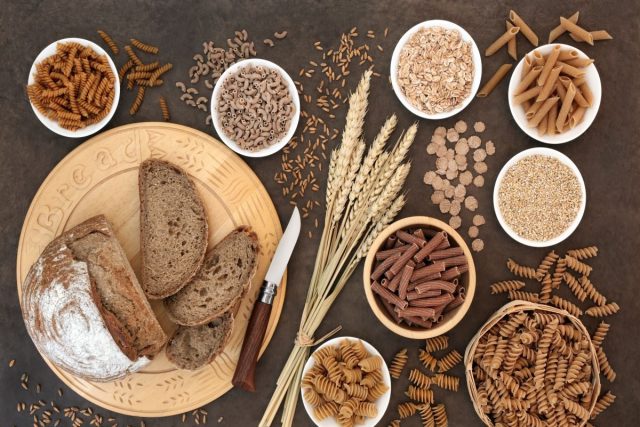
Marchese states, "Carbohydrates impact blood sugar more than most other foods and can reduce the effectiveness of insulin. Eating too many carbs floods the blood with high glucose levels and can limit your body's ability to recover to healthy blood sugar levels. A low-carb diet reduces the risk of blood sugar spikes and insulin resistance, thus lowering the risk of type 2 diabetes. Avoid processed or refined bread, starches and noodles and prioritize whole grains in your diet."
Add Probiotic Foods to Your Diet
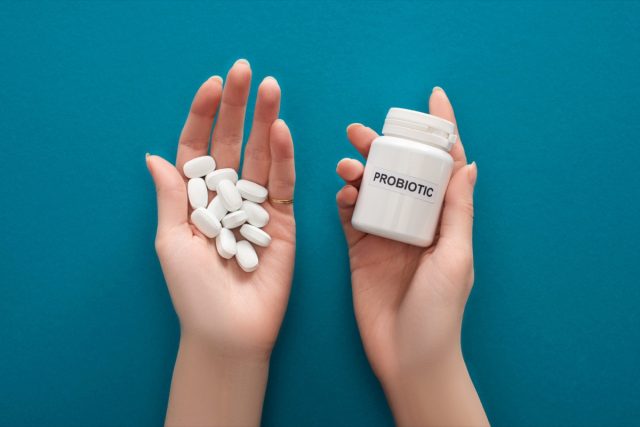
Marchese explains, "Probiotics are foods that encourage the growth of healthy bacteria in the digestive system. These foods also improve blood sugar regulation and can lower HbA1c, an indicator of insulin resistance and pre-diabetes. Look for ways to add probiotic-rich foods into your diet through certain yogurts and cheeses, kimchi, sauerkraut, miso, and tempeh."
No comments:
Post a Comment